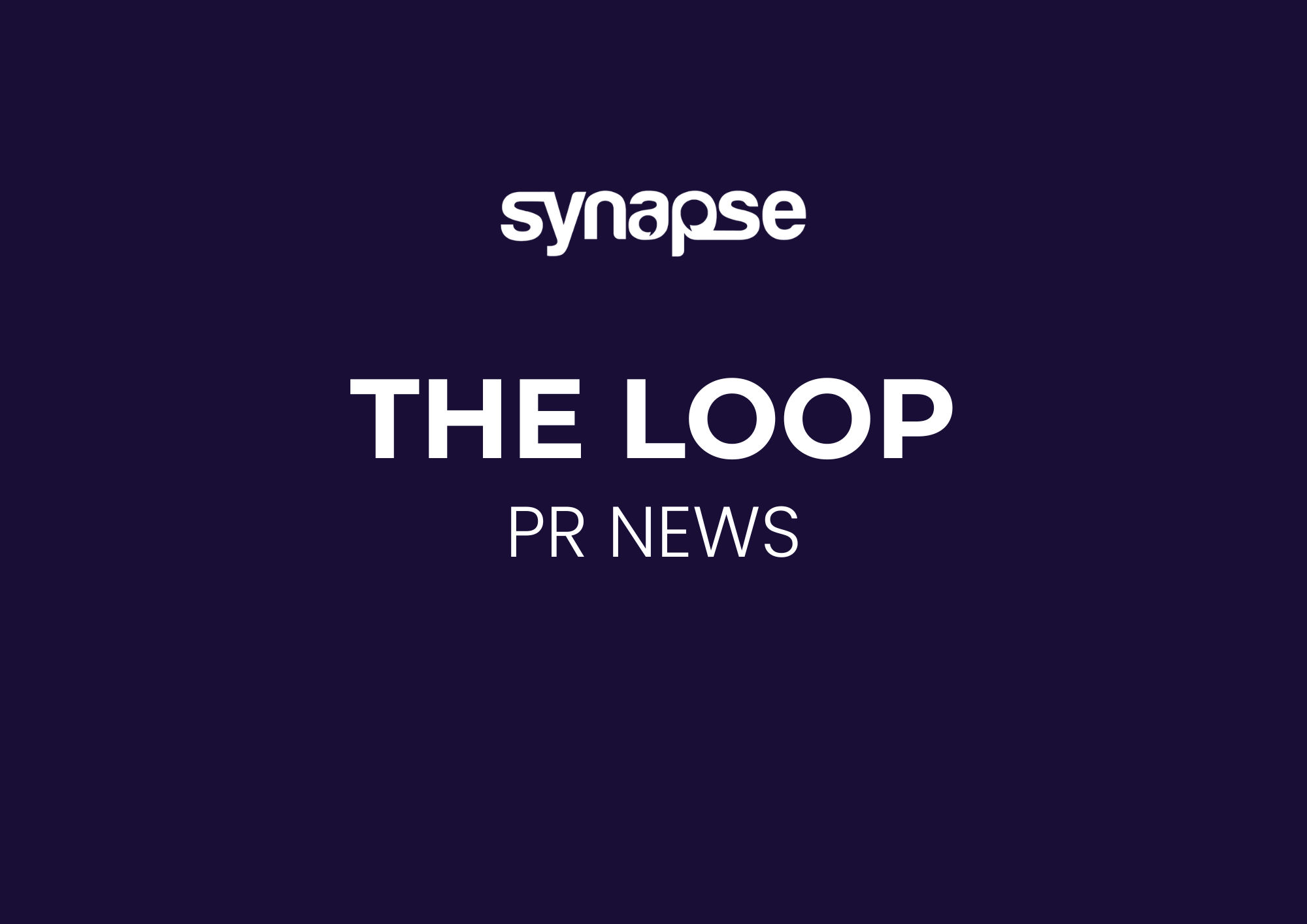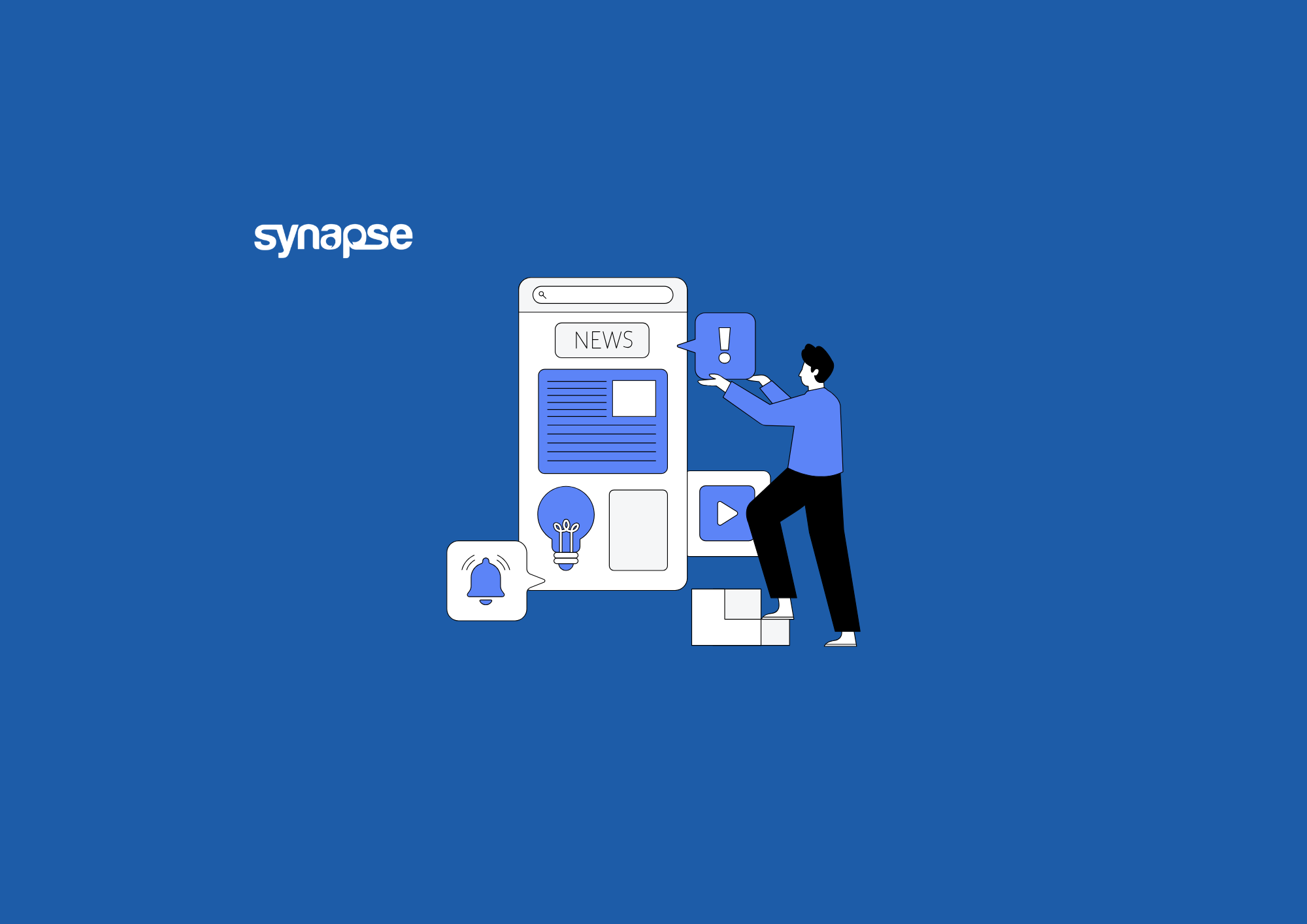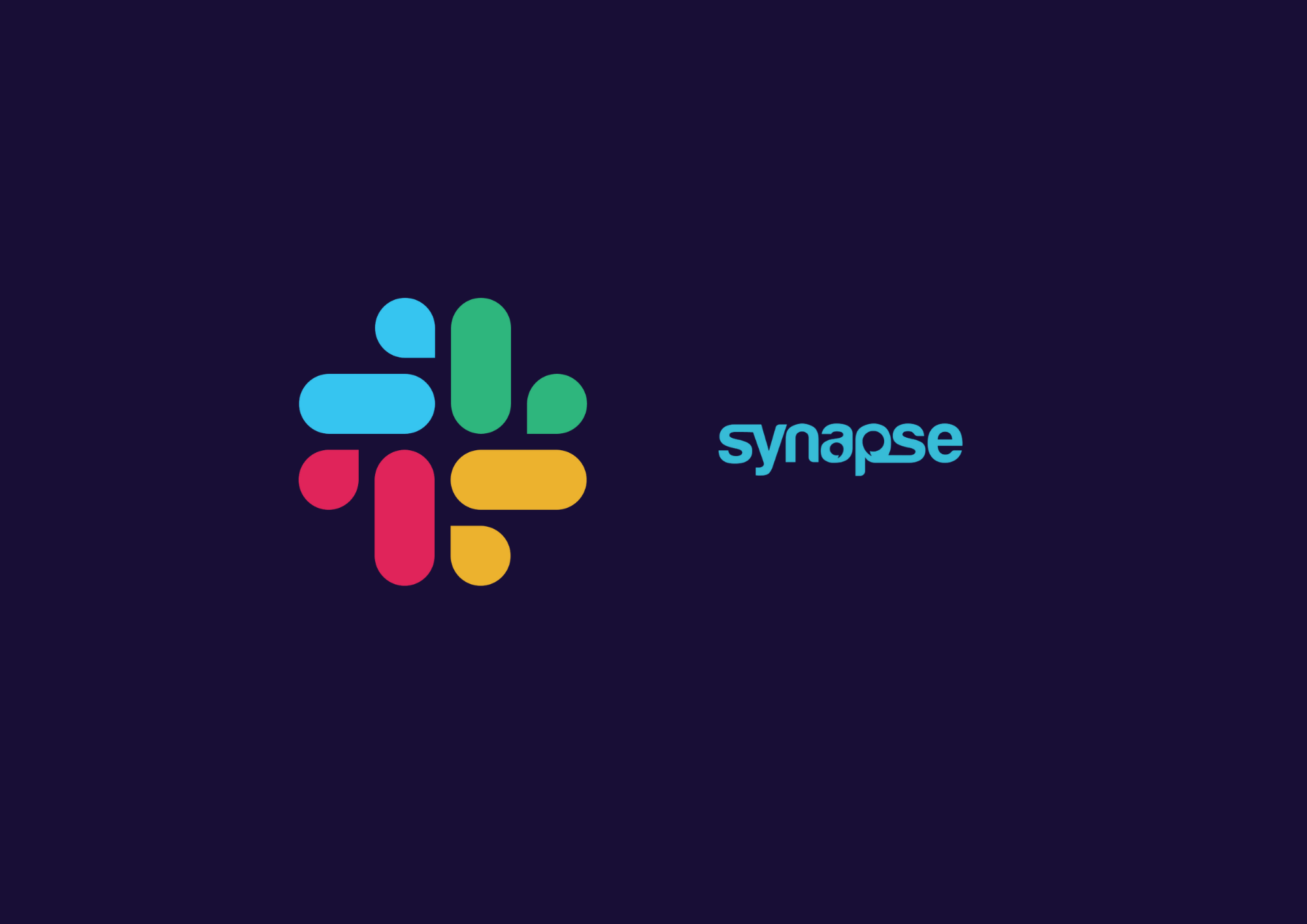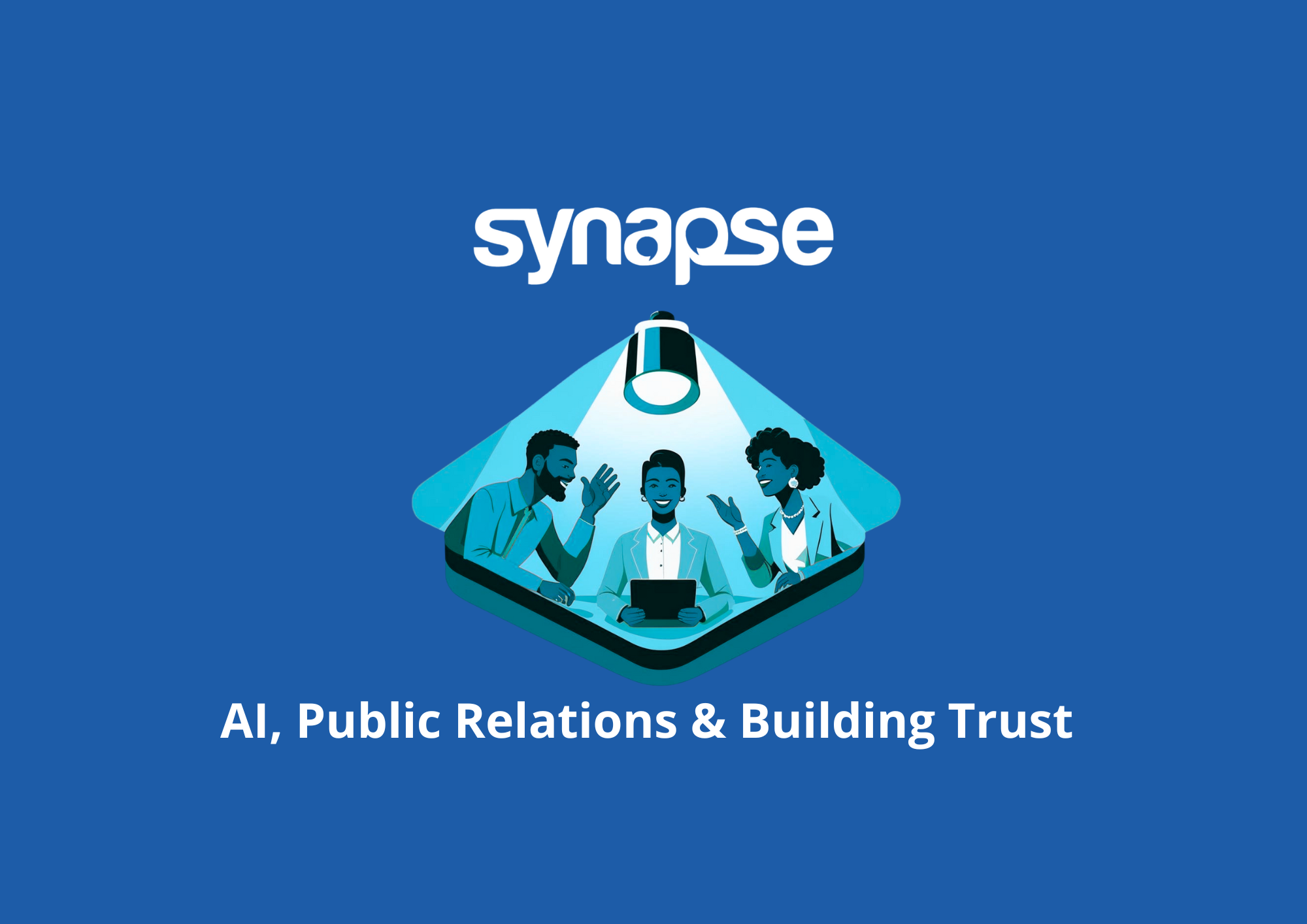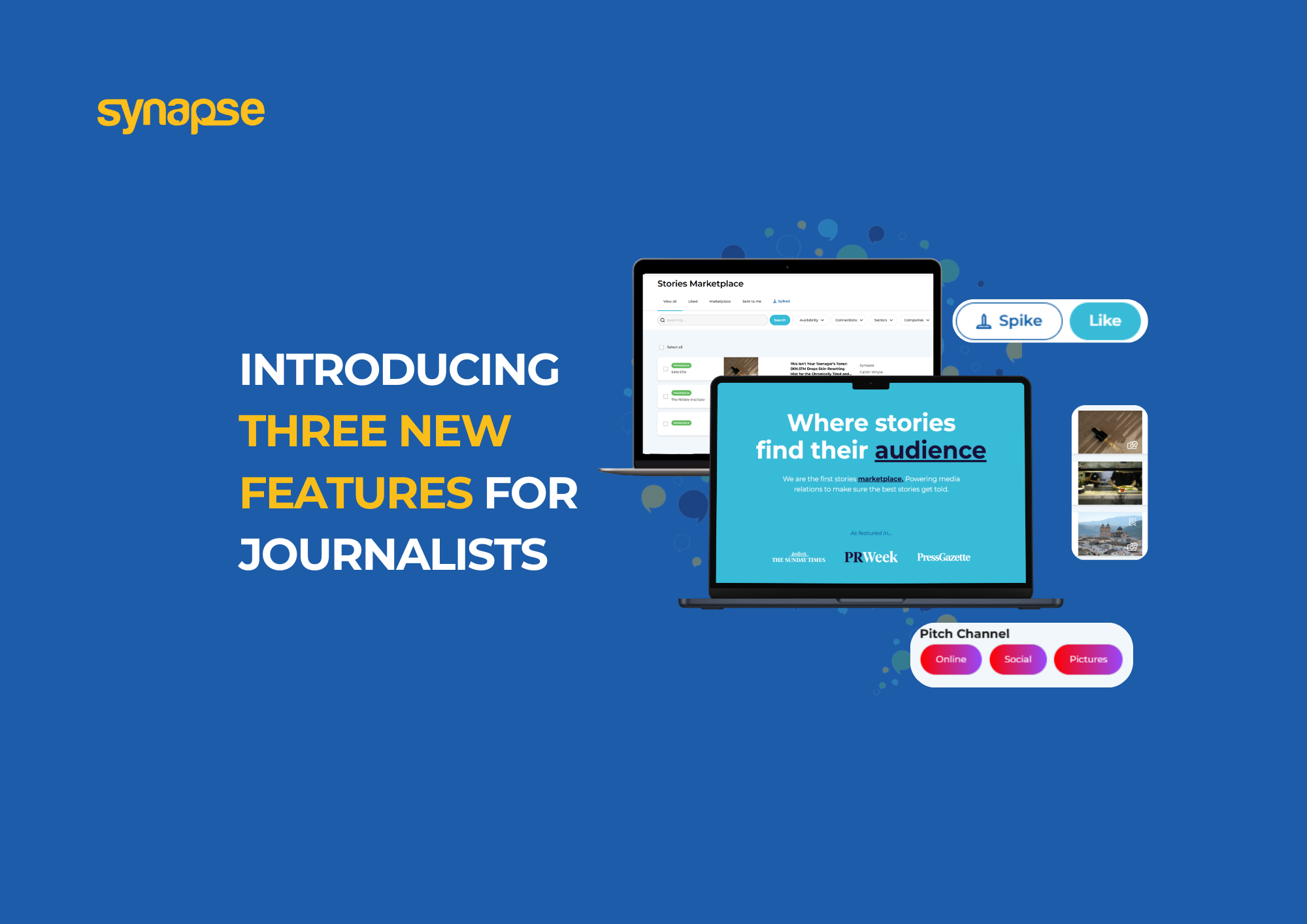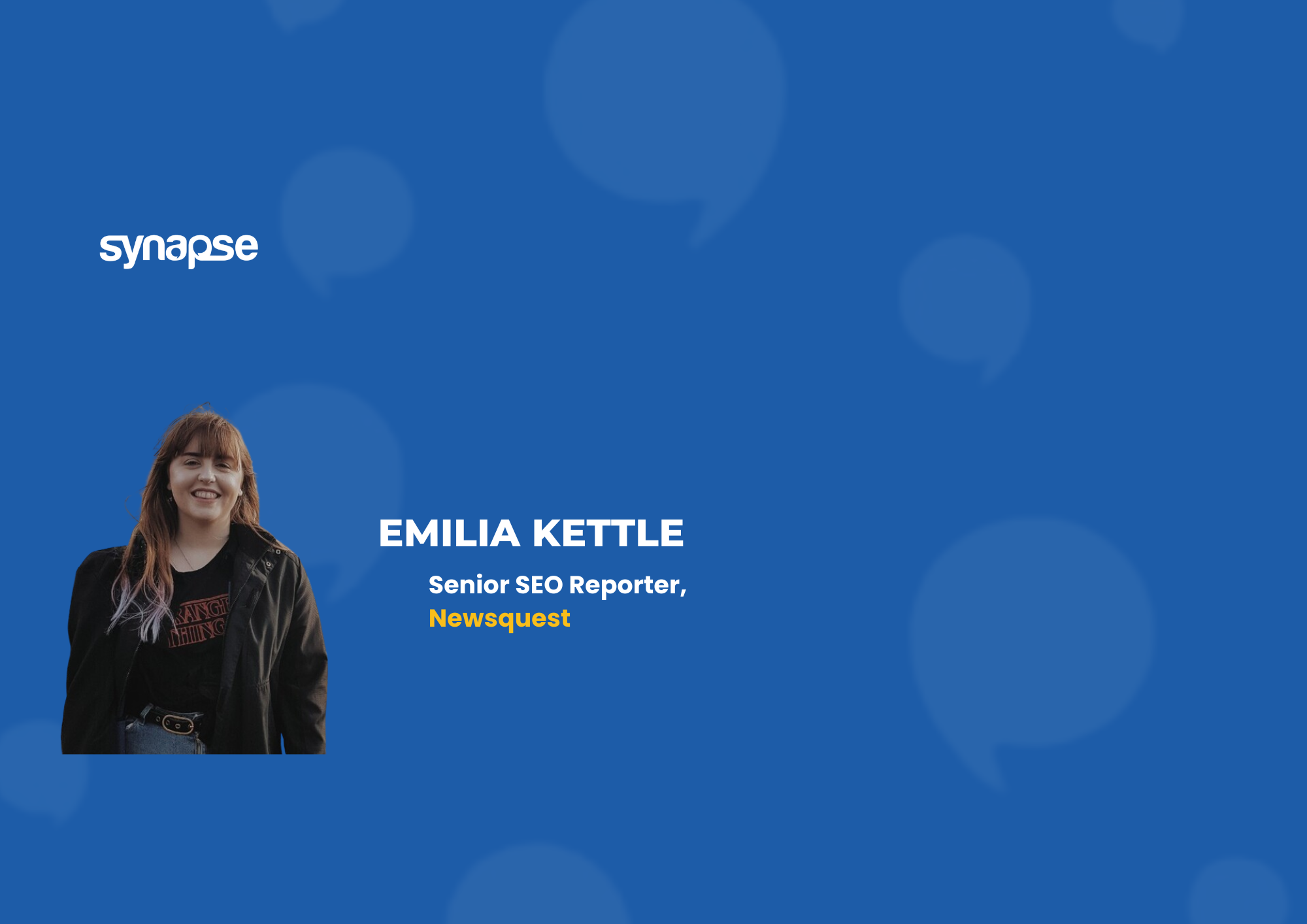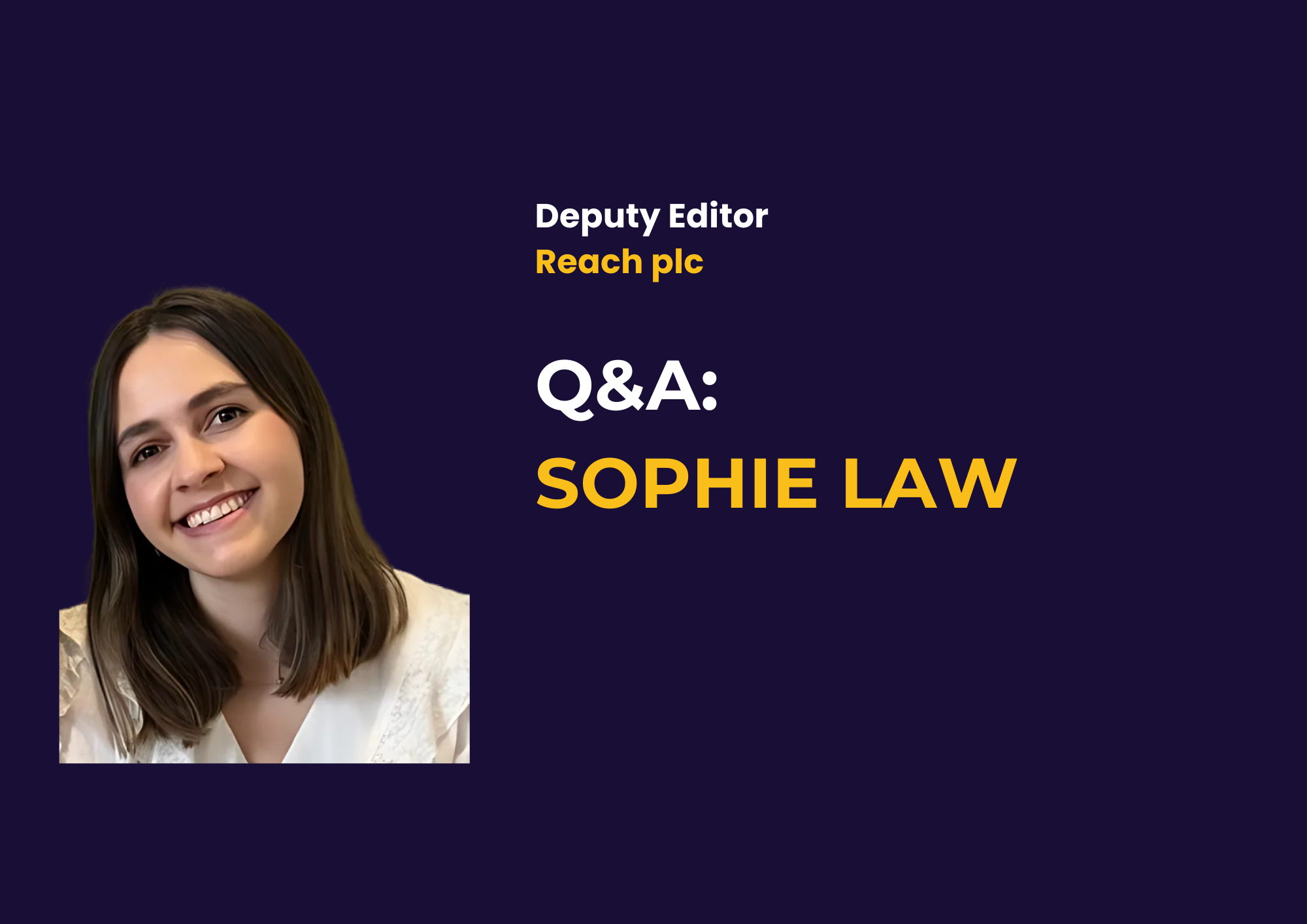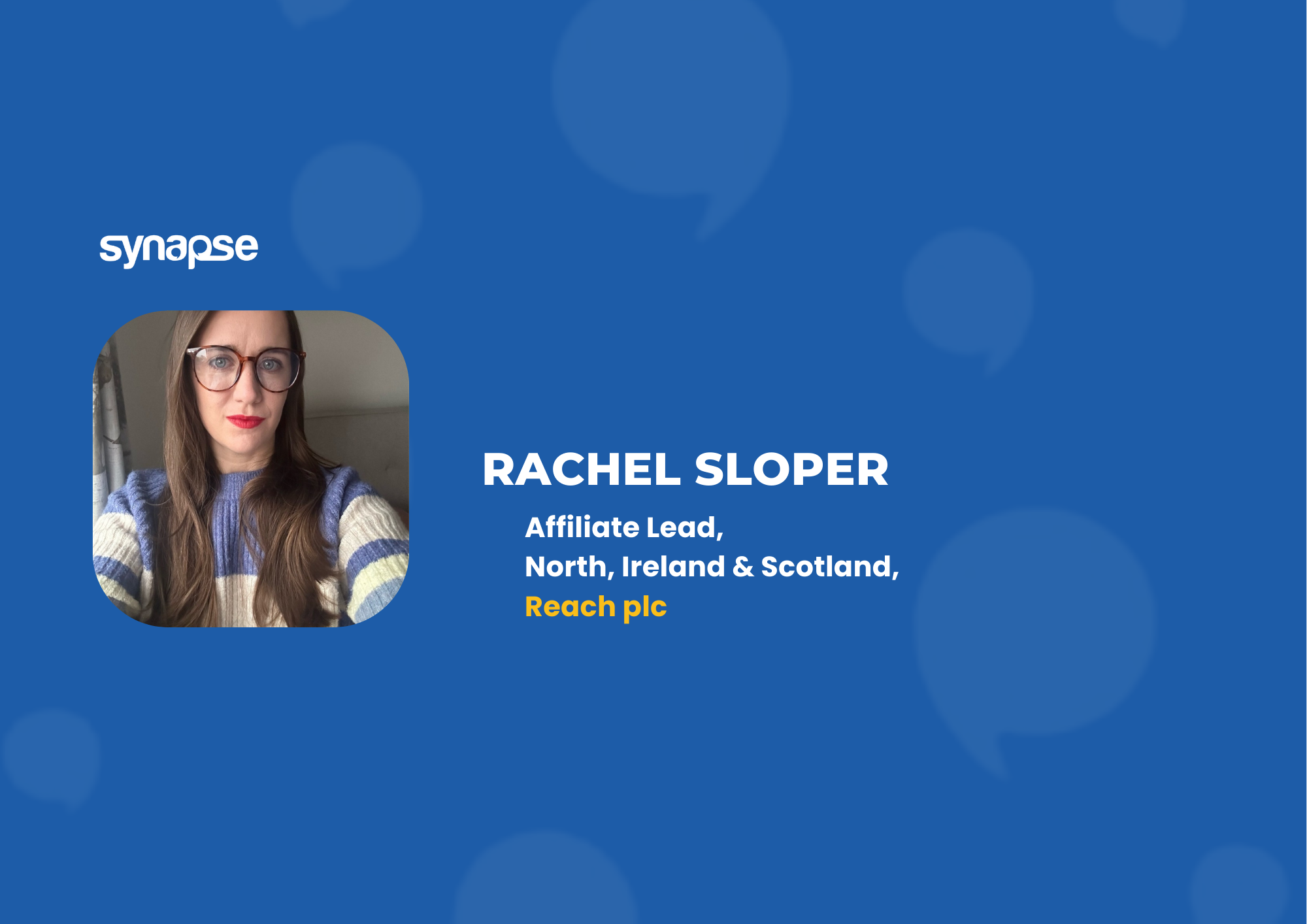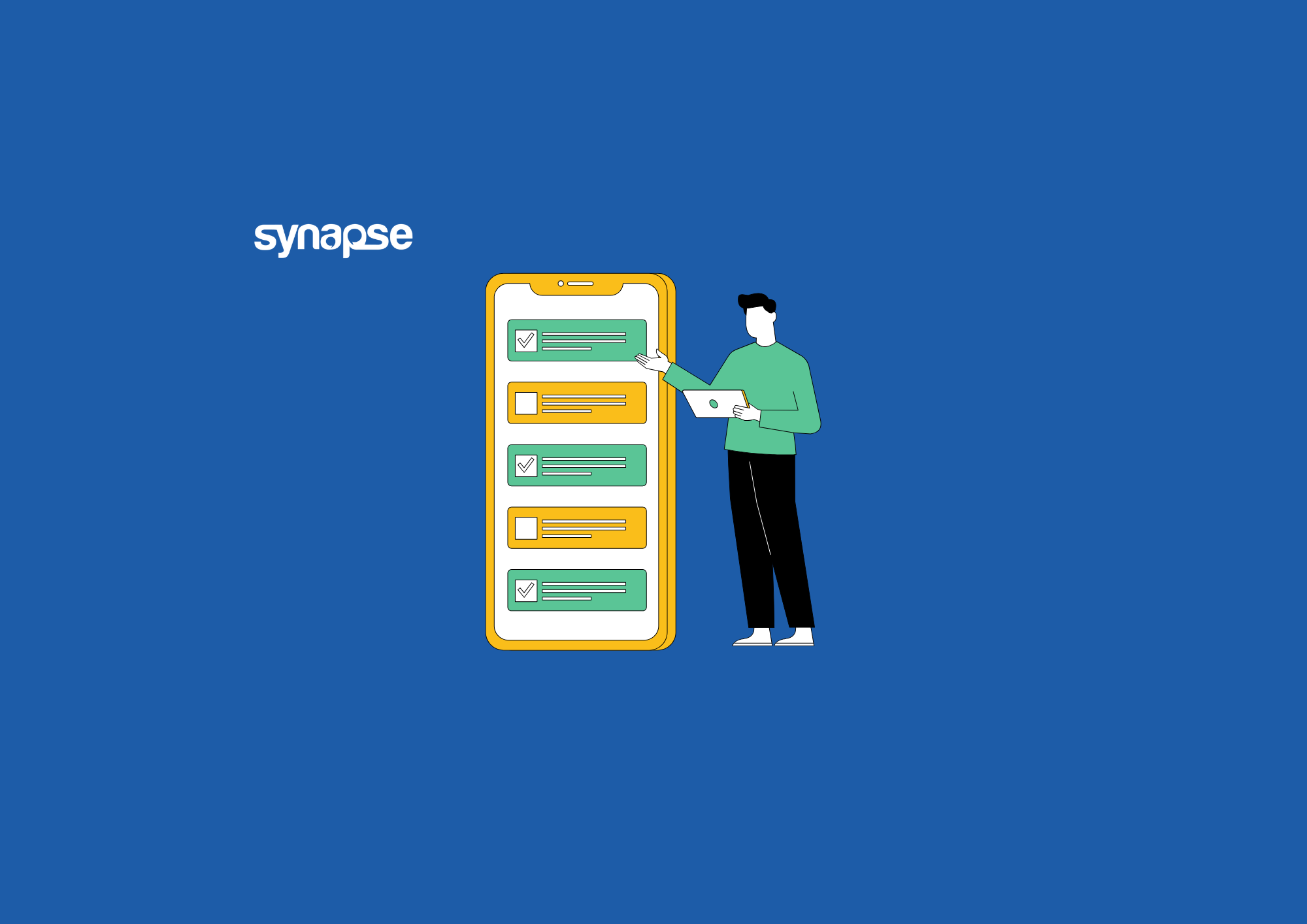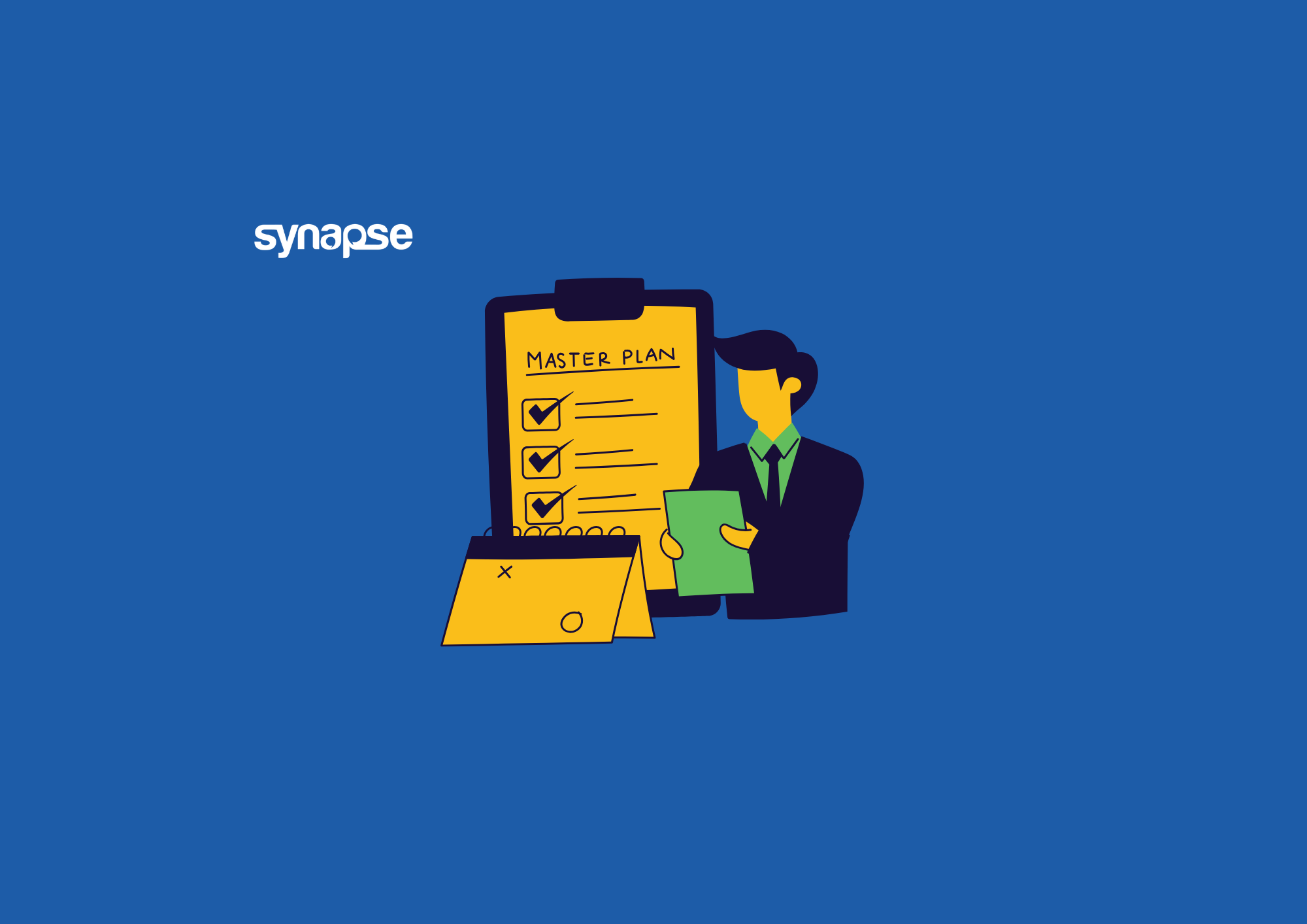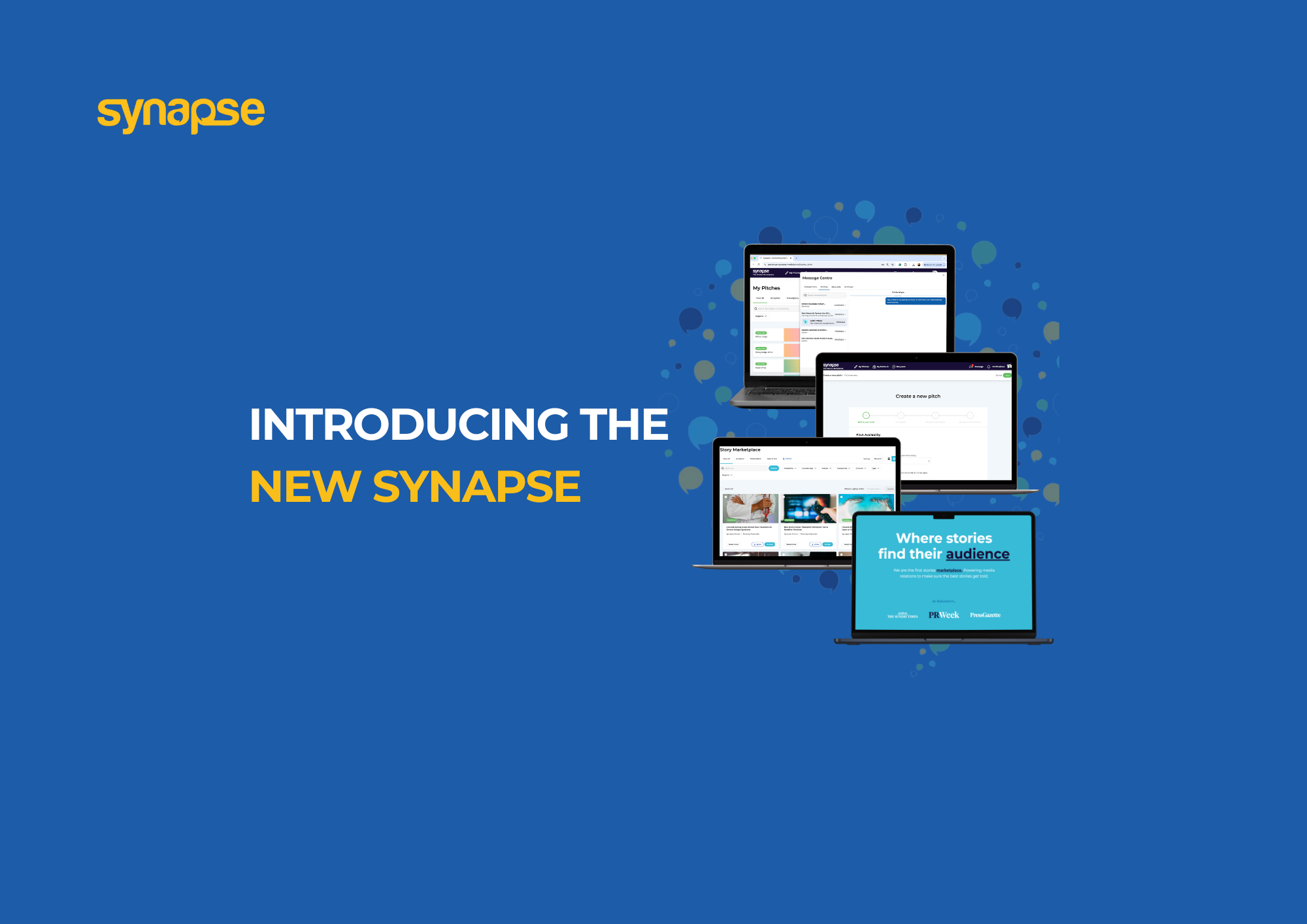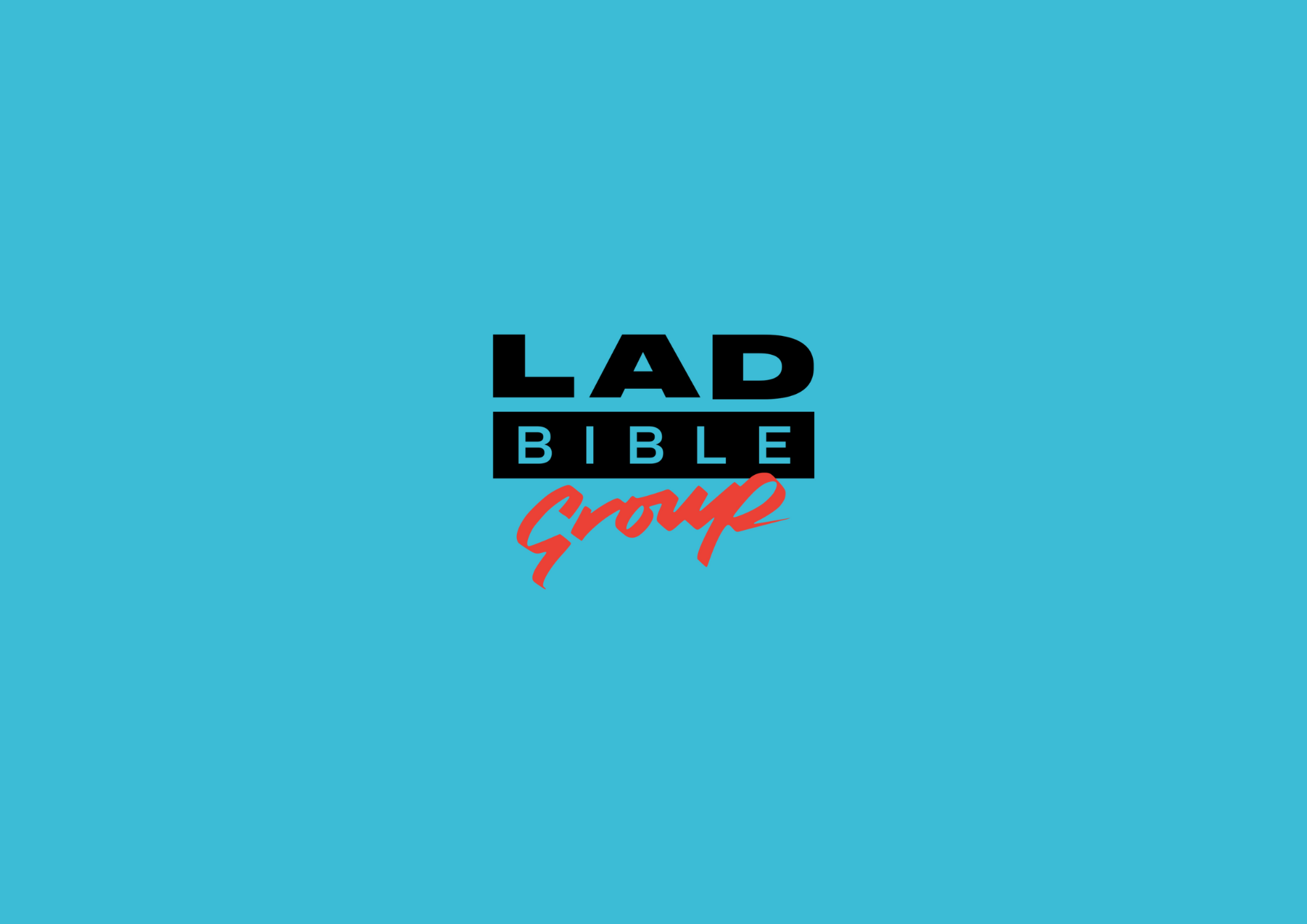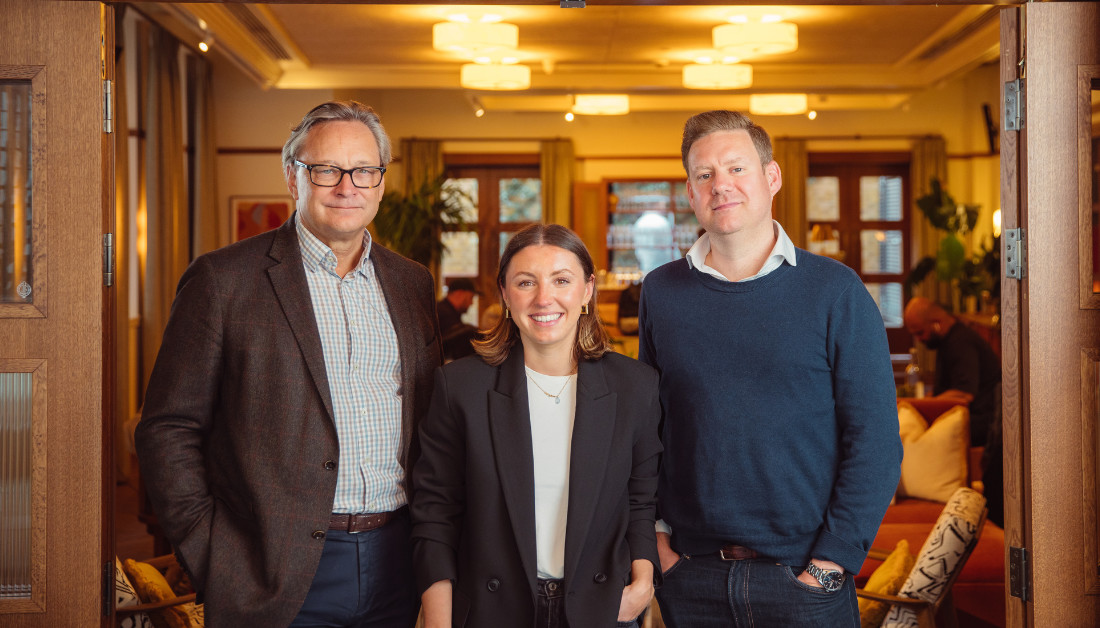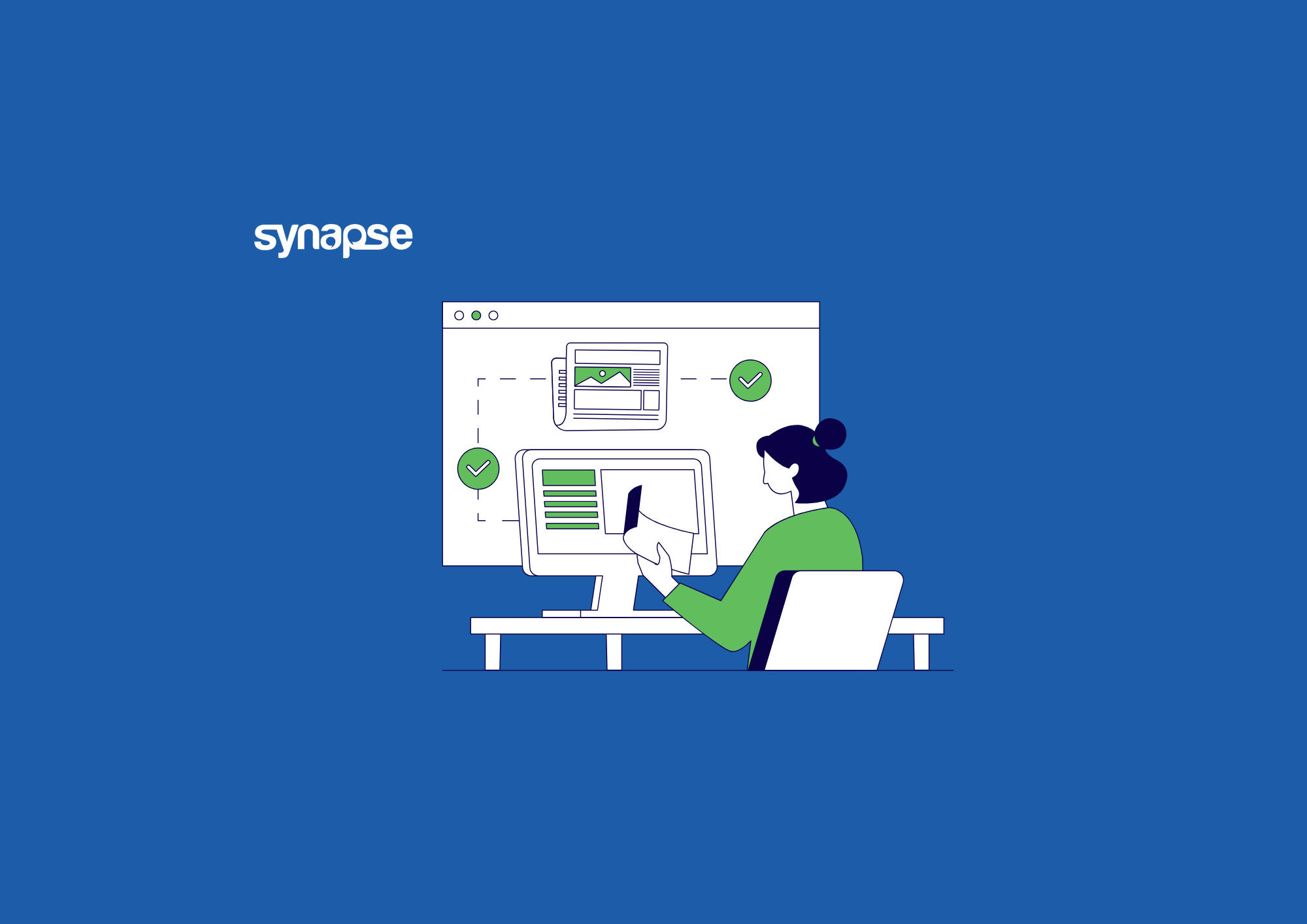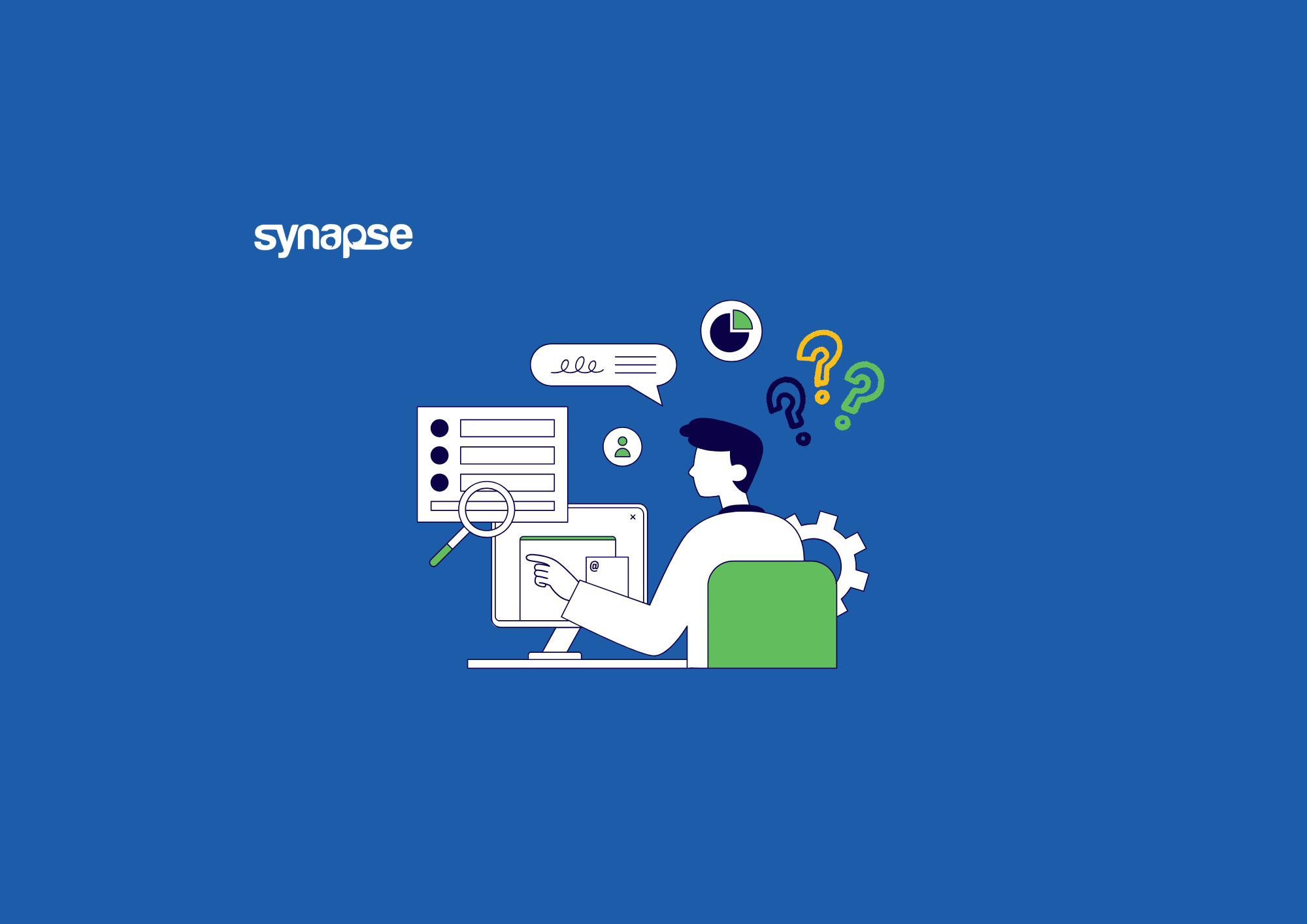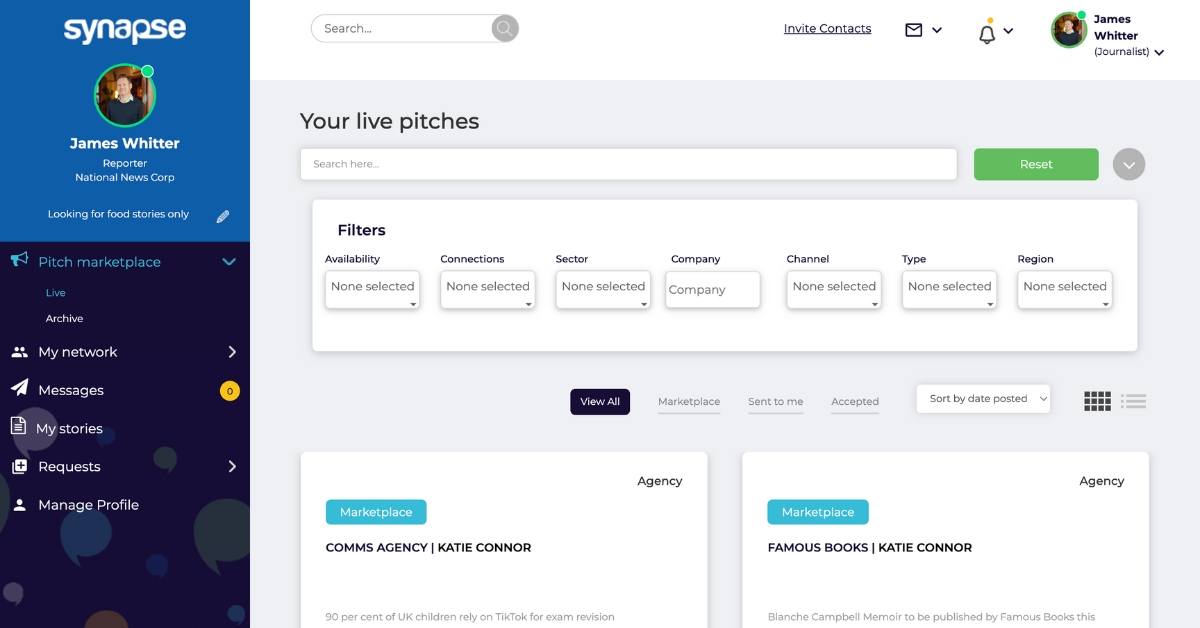A PR’s Guide: What actually is regional coverage?
Industry Trends & News, PR
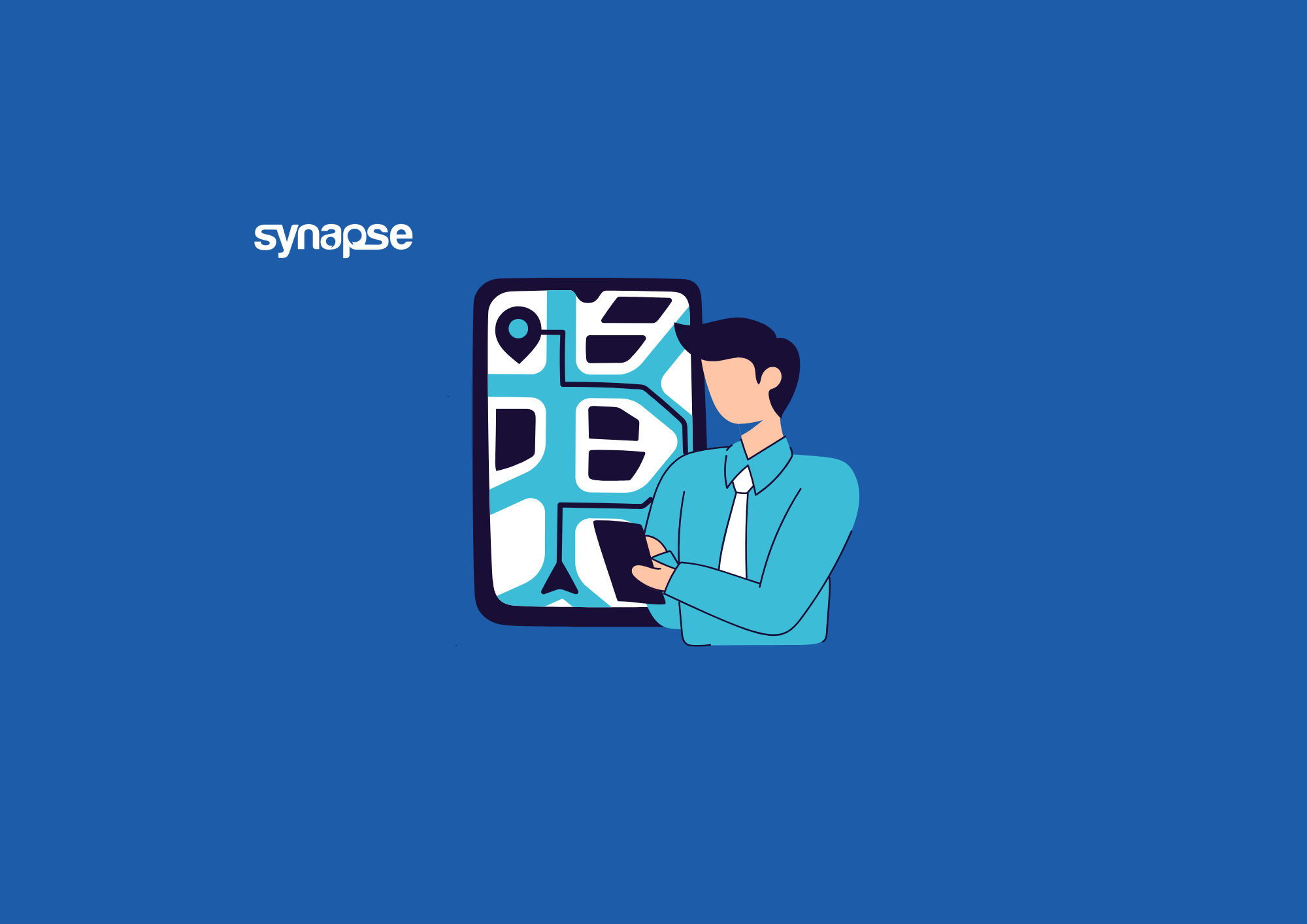
Local and regional media coverage is a goldmine. These outlets are highly trusted by their communities and incredibly well-read.
Reach PLC, owner of 120 news brands including MyLondon, BelfastLive and the Manchester Evening News, pulls in an audience of 36.6 million, just in May, which is the highest audience among commercial news publishers. Plus, nine of the ten fastest-growing news sites year-on-year are regional titles owned by Reach (Press Gazette, 2024). This trust and reach make regional press hits a powerful part of your PR strategy, as long as you’re pitching the right local angle.
But what is one of the top complaints we hear from regional journalists? Getting sent stories that have zero local relevance. This leaves many PRs wondering how to get regional coverage and why they’ve had stories published before that weren’t specific to one region.
How Do Regional News Teams Work?
Let’s talk about what a regional news team actually looks like.
When a story shows up in the Leicester Mercury, Manchester Evening News, and Yorkshire Post, it looks like a regional hit. But here’s the catch; the story may not have been picked up by actual local journalists and was instead syndicated by a national or centralised team.
Many large publishers now use central “hub” teams to create general-interest stories, and we mean surveys, trending news and celebrity stories. These pieces are then distributed across regional titles, often with minimal localisation. Local titles then pair these wider interest style pieces with local stories. These local stories are written by journalists specifically working in one, maybe two, regions.
Who to Pitch & When
Let’s say you send out a national story and it appears on a dozen regional sites. Why wouldn’t you then add journalists from those regional titles to your media list, right? Maybe not.
That piece likely came from a central content desk or newswire, not a regional journalist. Now we’re not saying that you shouldn’t pitch these journalists, far from it, but when building your target list (or categorising a pitch on Synapse), it’s important to understand the difference between a national journalist writing for regionals and a regional only journalist.
Why it matters
Pitching irrelevant content can do more than clog a journalist’s inbox. It can affect your credibility. Regional reporters especially are often overworked and stretched thin. They have to prioritise what’s most relevant to their audience, and pitches that aren’t localised stories, only slow them down.
In fact, one of Muck Rack’s surveys show that 71% of journalists say the biggest reason they reject pitches is because they’re not relevant to their audience. And local journalists feel this: their content must be rooted in their region. If you can’t show how your story connects to their community, they won’t cover it. So when you pitch a story that’s not rooted in a place, without local names, local data, or community impact to a region, you risk annoying journalists. Over time, this can damage trust and reduce future coverage.
Bad Pitch vs. Good Pitch
Bad Pitch: “New survey reveals UK work-from-home trends.”
If this is sent to every regional outlet with no local stats, quotes, or examples, then this is pretty bad. Nothing says why readers in Newcastle, Bristol or Glasgow should care. Most journalists ignore it, or worse, block you. Instead pitch the centralised hub team and look for syndications.
Good Pitch: “Newcastle sees highest WFH satisfaction rate in the UK, new survey finds.”
This one includes local case study and a quote from a Newcastle-based company. Suddenly, it’s a Newcastle story, and one that’s relevant, engaging, and easy to cover.
Worse, repeated off-topic pitches can put you on the spam list, no matter how good your future stories might be. Not the most helpful thing, is it?
The bottom line: How to know when to pitch region-specific journalists?
Here’s a quick checklist to keep you honest:
- Why here? If you can’t explain why this story matters to this specific place, it’s probably not regional.
- Who’s involved locally? Is there a person, business, or event based in the region?
- What’s the local impact? Will it affect the community directly?
- Have you included local data, quotes, or case studies?
- Can it run without being rewritten for the local audience? If yes, great. If no, rethink your angle.
Regional media matters, but only if you approach it with relevance and respect. Think local before you hit send. That’s how you get coverage that lands and lasts.
Got a story with local angle? Great. Just make sure you’re pitching it to the right journalist and for the right reason.
FAQs
Registration is simple! Click here to here and then fill out your information. Our team hand verify all of our users within 24 hours. Once your account has been approved, you’ll receive an email inviting you to log in.
If you have any questions or problems, get in touch with support@synapse.media
Our team hand-verify every single one of our users. Synapse is designed for journalists, reporters, editors and those in the media sourcing stories. It’s also designed for PR professionals. We have our own verification process, but if required, we’ll always get in touch with you directly to get some more information on your day-to-day role and to make sure Synapse is right for you.
There are over 3000 amazing people on Synapse; all of whom want to revolutionise the media relations industry. Our PR user base is from across the UK and covers a mix of agency, freelance and in-house professionals. Our journalist user base is similarly broad. There are national publications, trades, regionals and freelancers all using the platform.
No! At the moment, Synapse is completely free to use for all users, so register today and try it out.
We’d love to. But we’re not quite there yet.
Synapse believes that journalists have the right to their own data, and that by giving journalists control over their data, PRs will receive more accurate and timely information that isn’t currently available on any other database.
This means that we need to work with journalists to register them on the platform, rather than adding every UK journalist without permission. This is something our team is working on every single day.
Have a journalist or publication you’d like to see on Synapse? Get in touch and let us know at support@synapse.media
We launched on 21st September 2023 with over 1800 users already pre-registered. Since then we’ve grown to over 3000 users, onboarded national publications and have more news to come. Watch this space!
Our users are so important to us. You literally keep us going each and every day so we’re always here to help. From solving tech issues, demoing the platform to posting pitches and requests on your behalf when you’re just having one of those weeks, we put our users at the heart of everything we do.
If you want to read more about our users’ experiences, you can check out their stories here or get in touch with support@synapse.media
Depending on whether you have a journalist profile or a PR profile, you’ll have access to slightly different AI tools.
For PRs, you can save time by exploring our intelligent recommendations of which journalists to pitch to. Our AI will make recommendations based on proprietary data, saving you hours of research time.
For journalists, our secure AI assistant is there to help you as you write your stories. You’re in control of whether you use the tool and to what extent with options of a bulleted summary through to a full generative article.
Get in touch
Looking for more information, support or want to speak to one of the team?
To see how we may use your information, take a look at our privacy policy.

